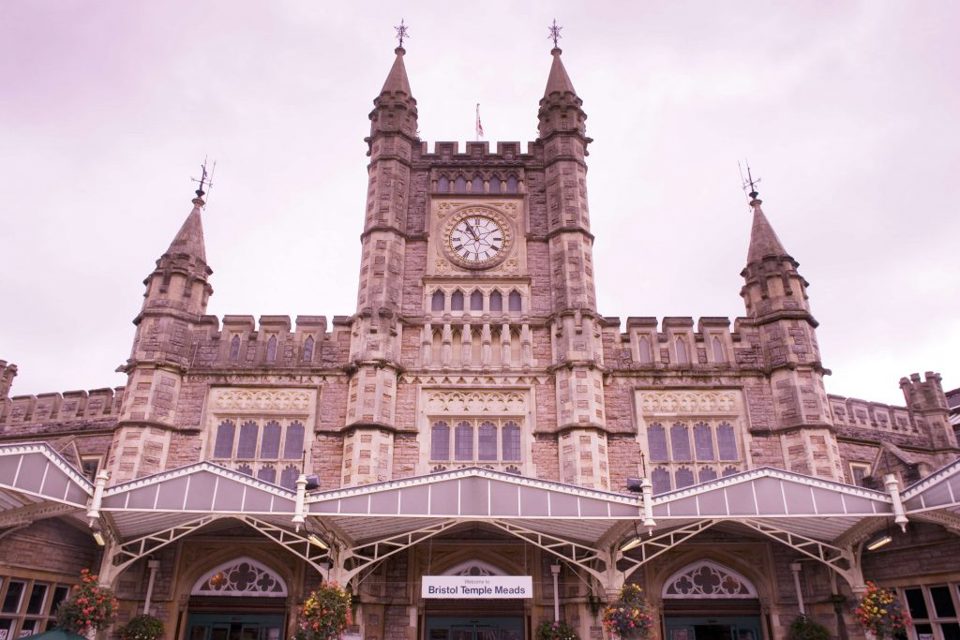A proposal to extend electrification from Bristol Parkway to the Temple Meads station in the city centre has taken its first step, although there are no timescales yet.
The section was curtailed from the previous Great Western Main Line electrification scheme, as one of a series of cuts after costs significantly overran.
Members of the West of England Combined Authority (WECA) have now agreed to part-fund the £575,000 cost of progression of the Filton Bank electrification project to outline business case (OBC) stage.
WECA recommended that £200,000 is contributed to the OBC cost, using Mayoral funding. This leaves £375,000 “required from others” to enable Network Rail to progress the project to OBC stage. No work will be undertaken until the full funding requirement is met.
Electrification would enable the existing bi-mode Hitachi IEP trains that work on London-Bristol services to be used elsewhere, with conversion of the route to electric-only IEP trains.
The project will include working with NR (the project lead) to reduce the cost of electrification from between £3 million and £4m per single track km (estimated in 2016) to £1m-£2m. This work is initially focused on Filton Bank, where it would reduce the electrification cost to £30m-£50m.
The work to prepare the OBC includes surveys to prove that an innovative bridge coating, adopted from projects in South Wales, will enable overhead wires to pass below Church Road bridge (at Lawrence Hill station). The alternative is to reconstruct the bridge at significant cost.
It will also revisit the foundation design and ground conditions information, to establish at which locations the current proposed higher-cost rock anchors can be changed for a more conventional piled solution.
One aspect of the previous project - the high cost of the over-engineered massive electrification structures - is to be tackled by demonstrating the constructability of NR’s novel ‘push out’ cantilever system for the overhead stanchions.
Should its feasibility be demonstrated, this would allow construction to take place on a four-track railway with a two-track railway still running. This would “dramatically reduce track access costs”, said WECA.
A survey of Bristol Temple Meads train shed will be carried out, to prove that it could be modified to take the loadings of either ‘head spans’ or alternative solutions, including those adopted on tram lines where speeds are lower and lightweight catenary is used.
If this is achievable, it will avoid costly movement of signals and ease the impact on the building’s Grade 1 heritage listing.
Once the OBC is prepared by NR, funding will be sought, mainly from the Department for Transport.
WECA acknowledged that the scope of this project could have been broadened to cover a larger geography, including investigations into potential electrification between Bristol Temple Meads, Chippenham and Weston-super- Mare.
Rejecting this, it cautioned that a “wider scope would require a greater level of initial funding before basic concepts have been proven for our region”, and that this approach “could limit the likelihood of securing the required funding to progress”.
It added that a broader scope would also “increase the risk of abortive effort and spend, if a unit rate saving cannot be demonstrated and future DfT funding doesn’t materialise”.


















simhedges - 15/02/2024 12:57
Why would Temple Meads itself need to be electrified at all? Couldn't the train have batteries to deal with station dwell and start power?